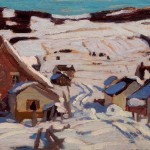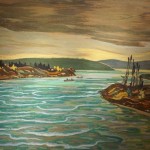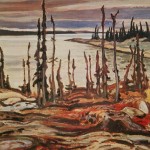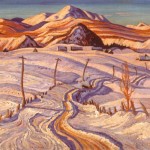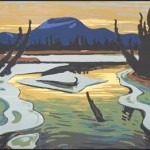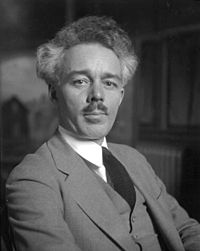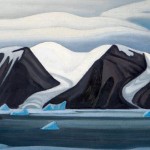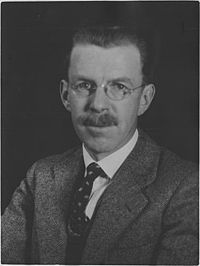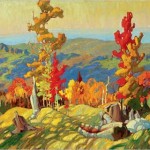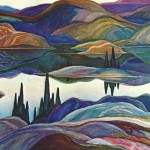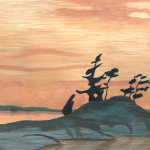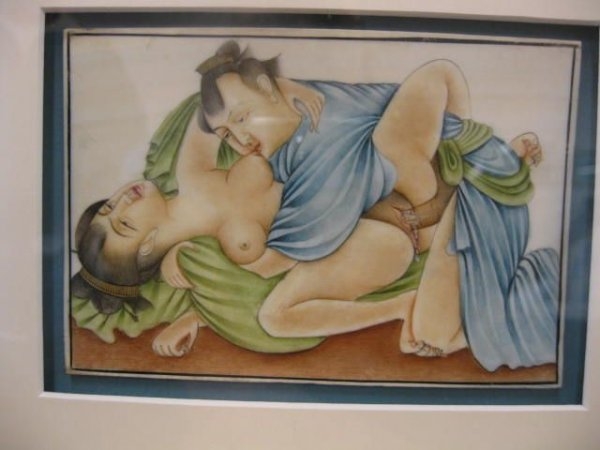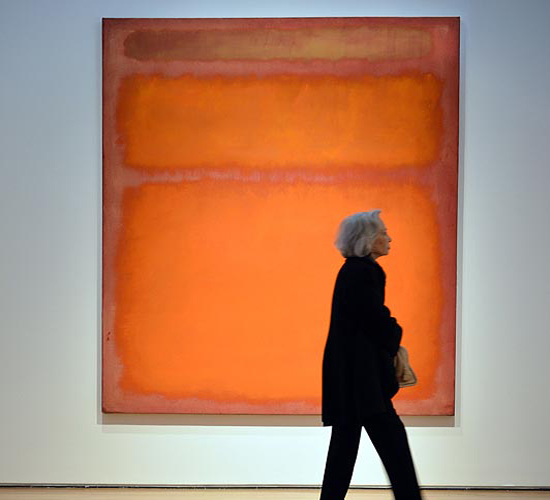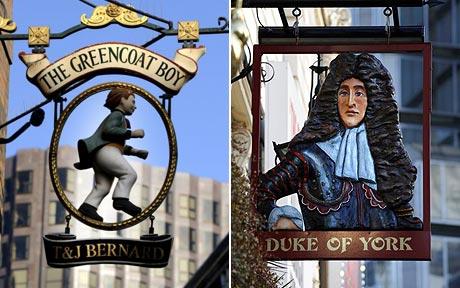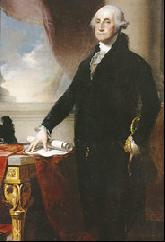The greatest influence on Canadian painting in the 1920s and 1930s was exerted by the Group of Seven, an association of artists in Toronto who strove to produce a style they felt appropriate to Canada. They were the first to proclaim a national school of painting and challenge other established artists. Alexander Young Jackson (1882-1974) was one of the Group’s leading members.
In 1913 after Lawren Harris (1885-1970) bought his painting Edge of the Maple Wood, Jackson moved to Toronto from Montreal and shared a studio with the very gifted Tom Thomson (1877-1917). Thomson centreed the group’s interest on Algonquin Park and Georgian Bay. His unexplained drowning in 1917 two years before the group was officially launched prevented him from being one of the original seven. Jackson soon began to paint with Arthur Lismer (1885-1969), who had come to Canada in 1911 after studying at Sheffield and Antwerp and whose life was to be devoted to teaching art. He also painted with Frederick Varley (1881-1969), the most peripheral of the group, an artist who preferred people to scenery as subjects.
Franklin Carmichael (1890-1945), Orillia-born and educated at Antwerp, was the group’s water-colourist. Franz Johnston (1888-1949) was primarily a landscapist. He made sketching trips to the West and the Far North. Senior member of the Group of Seven was a designer named J.E.H. MacDonald (1873-1932) who had a rich command of colour and was the mentor of his fellow painters, inculcating in them the national feeling that gave the group its purpose.
Other artists were adopted or influenced by the group which remade the visual image of Canada. The group had its first exhibition in Toronto in 1920 and its works were included in the Wembley Exhibition of 1924. Jackson was the member who remained most faithful to the group’s original aims and was one of its most powerful advocates.
Group of Seven paintings are among the country’s greatest treasures.


